Statement by the President on the Passing of Michael Brown
The death of Michael Brown is heartbreaking, and Michelle and I send our deepest condolences to his family and his community at this very difficult time. As Attorney General Holder has indicated, the Department of Justice is investigating the situation along with local officials, and they will continue to direct resources to the case as needed. I know the events of the past few days have prompted strong passions, but as details unfold, I urge everyone in Ferguson, Missouri, and across the country, to remember this young man through reflection and understanding. We should comfort each other and talk with one another in a way that heals, not in a way that wounds. Along with our prayers, that’s what Michael and his family, and our broader American community, deserve.
[Dorian] Johnson says he was within arm’s reach of both Brown and the officer. He looked over at Brown and saw blood pooling through his shirt on the right side of the body.
“The whole time [the officer] was holding my friend until the gun went off,” Johnson noted.
Brown and Johnson took off running together. There were three cars lined up along the side of the street. Johnson says he ducked behind the first car, whose two passengers were screaming. Crouching down a bit, he watched Brown run past.
“Keep running, bro!,” he said Brown yelled. Then Brown yelled it a second time. Those would be the last words Johnson’s friend, “Big Mike,” would ever say to him.
Brown made it past the third car. Then, “blam!” the officer took his second shot, striking Brown in the back. At that point, Johnson says Brown stopped, turned with his hands up and said “I don’t have a gun, stop shooting!”
By that point, Johnson says the officer and Brown were face-to-face. The officer then fired several more shots. Johnson described watching Brown go from standing with his hands up to crumbling to the ground and curling into a fetal position.
The president of the St. Louis branch of the NAACP says a second person has come forward to the civil rights group with an eyewitness account of the encounter that led to a Ferguson police officer fatally shooting unarmed, 18-year-old Michael Brown on Saturday…
The witness “did not see Michael Brown struggling with the police officer inside his car at any point,” Pruitt said earlier today. “They did witness the incident from the time it started from the time of the initial stop by the police car.”
Ferguson police will not release the name of the officer who shot a teenager in the St. Louis suburb because of threats made to another officer who was falsely accused on social media of being the shooter, Ferguson Police Chief Thomas Jackson said Tuesday…
Witnesses say the teen was unarmed and his hands were in the air demonstrating that. Police have said that Brown attacked the officer in his car and tried take his gun.
At a news conference, Benjamin Crump, the attorney for Brown’s family, blasted the department’s decision to withhold the name. He was flanked by numerous African-American leaders, including the Rev. Al Sharpton. Brown’s father also stood behind Crump.
Also on Tuesday afternoon, the Federal Aviation Administration announced flight restrictions over Ferguson, banning pilots from flying less than 3,000 feet above the St. Louis suburb until Monday. The reason given for the no-fly was “to provide a safe environment for law enforcement activities.”
A spokesman for the St. Louis County Police Department, which has led crowd control efforts in Ferguson, told Ars Technica’s Cyrus Farivar that the department requested the no-fly zone after its helicopter was fired at several times during protests Sunday night. The helicopter was not struck by the gunfire.
An explanation from the department’s helicopter dispatcher to ThinkProgress suggests that the restriction was meant to, at least in part, clear the air of reporters.
The F.B.I. has opened a civil rights inquiry into the shooting, and the case is being investigated by St. Louis County police. The results of an autopsy on Mr. Brown have not yet been released.
The protests against the local police have at times turned violent — stores have been looted and at least one business has been set on fire. The police have made more than 40 arrests during the past two nights and fired tear gas and rubber bullets at demonstrators…
On Tuesday, Benjamin Crump, one of the lawyers representing the Brown family, said that Mr. Johnson had yet to be called in for questioning by the police and that Mr. Johnson had subsequently decided that he wanted to speak to federal authorities only.
“He does not trust the local law enforcement community,” Mr. Crump said. “How could he? He saw his friend executed.”
The standoff lasted for more than an hour, with about a dozen men approaching officers with their hands up saying, “Don’t shoot me.” At least 100 police officers were on the scene, shining bright lights into the crowd and telling people to return to their homes.
At one point, the sound of gunfire was heard from within the area where the police had barricaded streets in Ferguson. Earlier in the night, several people threw rocks at officers…
“You have to begin with the frustration,” said one of the protesters, Wayne Bledsoe of St. Louis. “Treatment of these communities is not equal. In white communities, the police truly protect and serve. In black communities, that is not the case.”…
Ferguson, a city of 21,000 northwest of St. Louis, has shifted substantially over the last decade, with blacks, once a minority, now making up two-thirds of the residents, after many white families moved out to surrounding suburbs. The town’s leadership and the police have remained predominantly white.
“I was just trying to get to my sister’s house,” cried one 23-year-old, who lay sobbing on a lawn.
He said he was walking home when officers approached him and sprayed tear gas in his face and peppered him with rubber bullets.
“These m———— came out of the cut and sprayed me in the face like this is a f—– video game or something.” the man said. His friends pleaded with an ambulance to hurry, and a neighbor offered to drive him to the hospital.
“I don’t need a hospital,” the man yelled. “This is my home.”
Whatever historical and contemporary injustices black Americans face, they are not in fact being habitually gunned down in cold blood by white-supremacist cops, and nor are they faced any longer with routine “lynching” or quotidian “vigilantism” or any of the other loaded and terrible words to which we are subjected whenever something awful happens. Still, the way to fight such hyperbole is to engage honestly with the topic and to acknowledge that — even when our understanding of the facts is limited — incidents such as this open old and real wounds. It is not to change or to dismiss the subject. Can it be any surprise that many black voters believe conservatives are deaf to their concerns when “this cop shot my unarmed son!” is met by so many with “but there are lots of citizen murders in this city; let’s talk about that instead”?
Such conflations do violence to time-honored American conceptions of law and liberty. The problems of black-on-black crime and the alleged miscarriage of justice in Ferguson are discrete issues per se. But they are philosophically separate, too. It remains the case that a life is a life, and a murder is a murder — after a point, one doesn’t grieve more acutely if one’s family is taken on purpose. Nevertheless, police shootings will always play a trickier role in society because, by definition, they are carried out under the imprimatur of the state. Even if the United States did not boast a history in which blacks were routinely disfavored, beaten, and even murdered by the governments that were ostensibly established to protect them, there would still be something distinct about being killed or hurt by a man in uniform. No, you are no less dead if your neighbor murders you. But you do enjoy a different relationship with him — and it matters. As a rule, your neighbor does not exist to protect you; he is not paid by the whole of the citizenry; he does not claim to act in your name, or to treat everybody equally. And, if he commits an illegal act, he will be charged by authorities and he will face a jury of his peers that will first pronounce upon his guilt and then decide upon his punishment. He, in other words, is subject to rules that are designed to help you if he steps out of line; the state, by contrast, has very little above it. Traditionally, conservatives like to ask “Quis custodiet ipsos custodes?” — who guards the guardians? — and, too, to maintain a clear line of separation between the public and the private spheres. One has to wonder what purpose can be served by blurring that line, as so many have done in reaction to the news from Missouri.


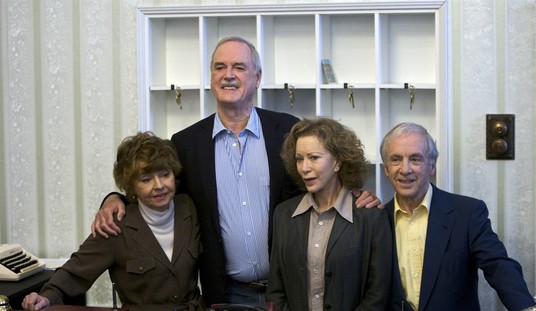
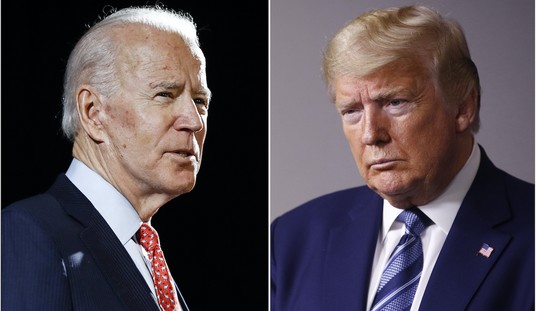
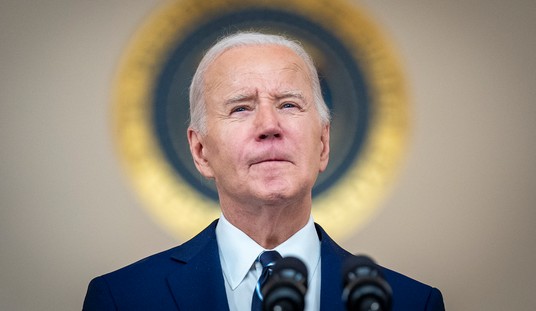
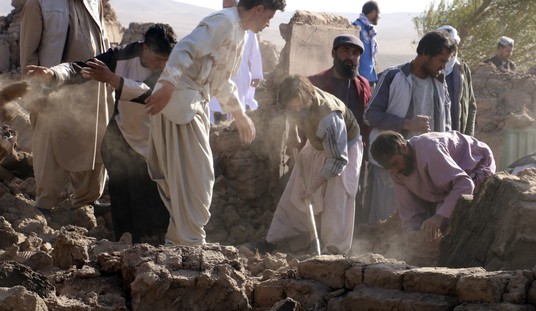
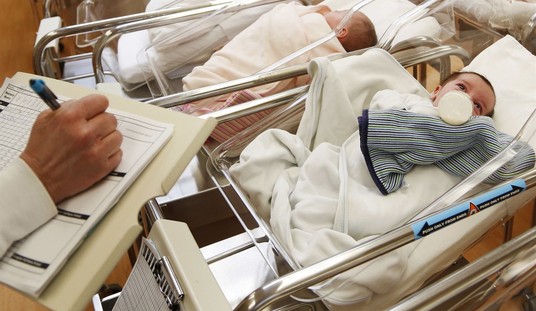
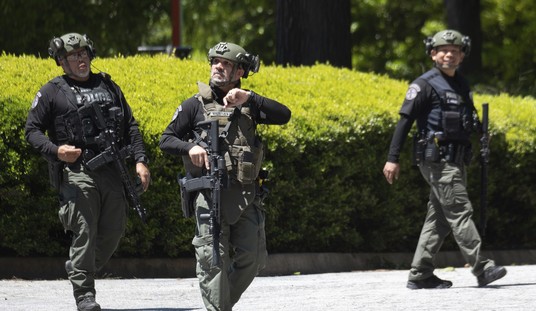
Join the conversation as a VIP Member